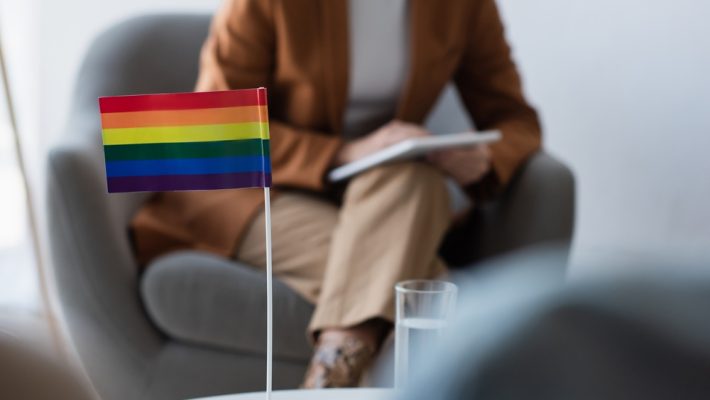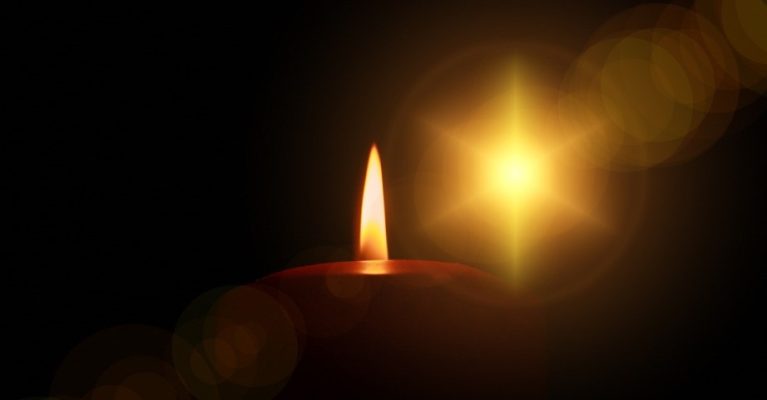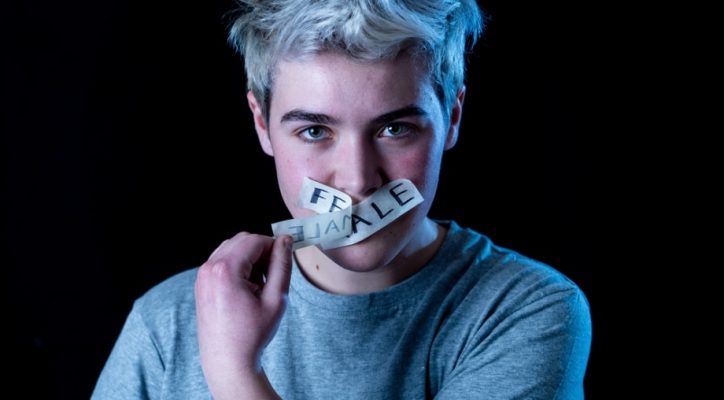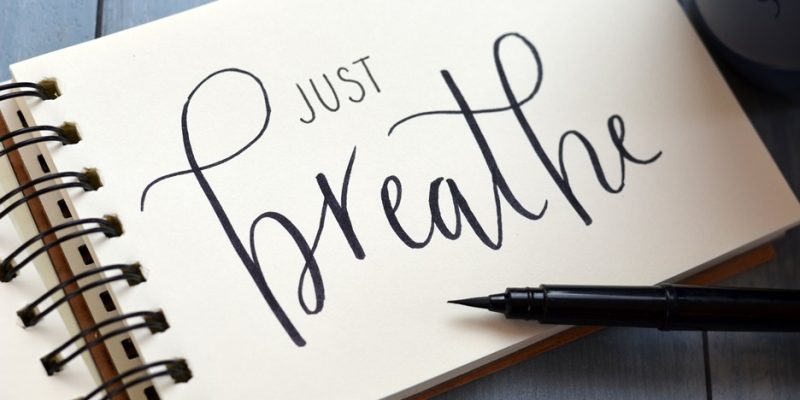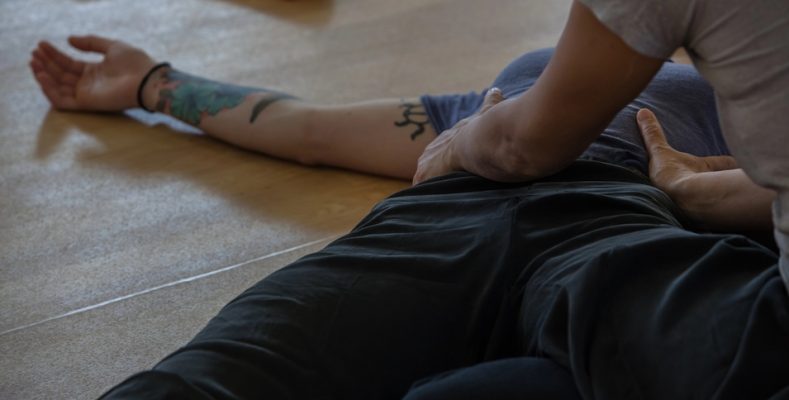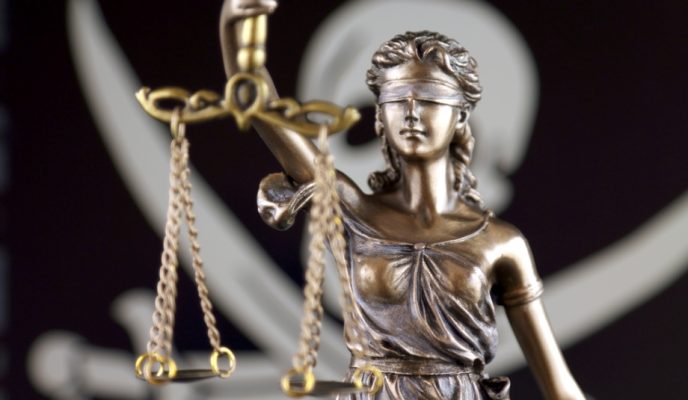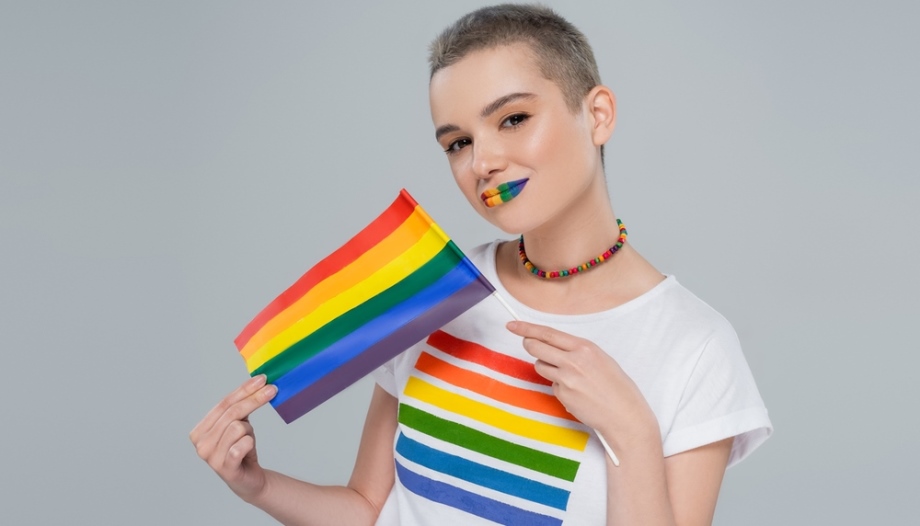
Although the explicit use of acronyms like LGB, LGBT, LGBTQ or LGBTQIA is only of the past decades, the existence of people with other or fluid sexual orientations or gender identities outside the gender binary or heterosexual spectrum is not something new. LGBTQ+ folks — however they have been addressed or named throughout history — have been part of mankind as long as we can recall.
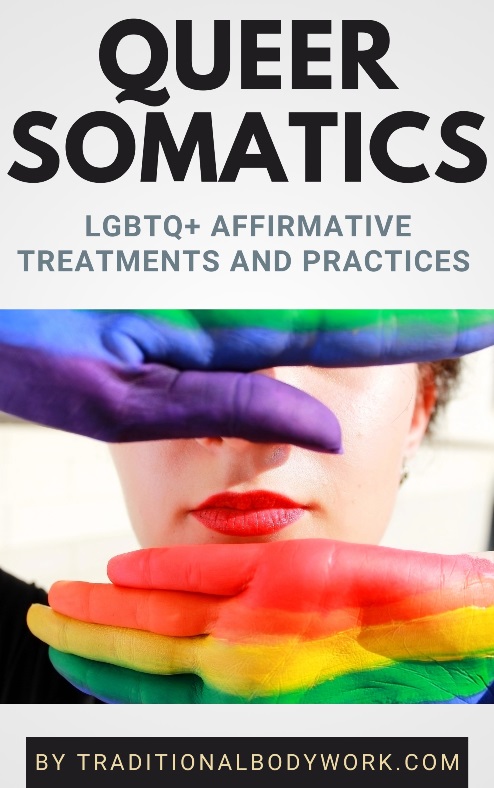
In various ancient cultures, such as those of China, India, Japan, Greece, and the Roman Empire, but also in many regions and civilizations of South-East Asia, the Pacific, Europe, Africa, and Pre-Columbian America, the existence of people with different or mixed sexual orientation and gender diverse identities, and the way they were perceived and/or were part of daily life has been quite extensively documented throughout the millennia.
Nonetheless, the LGBTQ+ history is a complex narrative about a variety of sexual and/or romantic orientations and diverse gender identities that spans thousands of years across multiple civilizations, addressing different facets, approaches, modes, and acceptance or non-acceptance of LGBTQ life.
It’s a continual developing history that consists of periods of either complete or partial acceptance and integration of LGBTQ+ folks, alternated with periods of harsh persecution and suppression, all depending on the spirit, knowledge, beliefs or mood of a particular period of history in different cultures, countries, or civilizations.

Annual research done in the past couple of years shows us that an average of between 8% and 10% of people on a global level (between 640 million and 800 million individuals worldwide) identify as LGBTQ+. However, this percentage varies much depending on what country one measures in, which has as its main cause the acceptance of LGBTQ+ folks in a given country and hence being able to speak-out honestly about one’s sexual orientation or gender identity.
Therefore, you will see countries that are reported as having a 3% LGBTQ+ population and others having a 14% LGBTQ+ population, even to the point that recent research done by the PRRI in the USA shows that 28% of Gen Z (people born from 1997 to 2012) adults identify as LGBTQ+.
Unfortunately, it’s impossible to know what these percentages were in the past because there are simply no statistics available about “queer” people in ancient civilizations or even of a hundred years ago of any country. Nevertheless, there’s no particular reason to believe that there were more or less LGBTQ+ individuals at any given time in any given country or culture. In fact, common consensus today is that nobody “becomes” or “chooses” to be an LGBTQ individual and that there has always been a more or less equal percentage of mankind that made part of the LGBTQ+ group.

Of course — as already mentioned before — LGBTQ+ self-disclosure depended (and still depends) much on the various social, mental health, and/or physical dangers for LGBTQ+ folks of “coming out the closet” in a certain era or country, which has also created the feeling or idea that in certain times or in specific civilizations there were more and in other perhaps less LGBTQ+ individuals. It’s a very complicated topic and most likely impossible to know the truth about.
At any rate, a further division within the global LGBTQ+ group shows us that when it comes to sexual orientation, about 4% of mankind identifies as bisexual, 3% identifies as lesbian or gay, 1% as pansexual, and 1% as asexual.
In addition, when we look at global numbers about gender identity, we find that 1% of mankind identifies as transgender, 1% as non-binary, gender non-conforming or gender fluid, and 1% as neither (but differently from male or female), and 95% as either male or female. When we look exclusively within the LGBTQ+ group we find that between 60% and 70 % of LGBTQ individuals identify as either male or female, independent of their sexual orientation.
All by all, we feel that it’s of great importance for everyone to have a basic understanding of what LGBTQ stands for and to whom it refers to, to understand the difference between gender identity and sexual orientation (and/or romantic orientation), and to get a good feel of the challenges LGBTQ community needs to deal with.
It’s important because LGBTQ folks make such a large part of society and it isn’t a phenomenon we can or should ignore, or worse — try to “fix.” We may ourselves be part of the LGBTQ community, or some of our colleagues, friends or family members are, and we feel that every human being — whatever their sexual orientation or gender identity — has the right to expressing their authentic self and the right to (finding) happiness.





